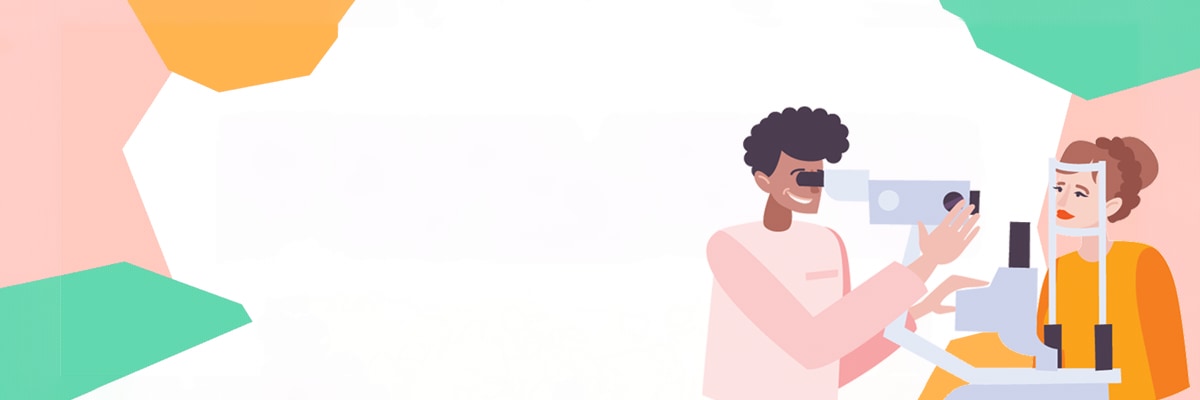
Parents and Kids
Discover valuable insights on eye care, common vision issues and tips to help your children maintain healthy eyesight through every stage of growth.

Look out for these signs of common vision problems in school-age children. They’re often easy to treat but can have lasting effects if not addressed.

Wearing glasses for the first time can be nerve-wracking for a kid. Discover ways to help boost their confidence in their new glasses.

Sunglasses for babies are important as they protect your child’s eyes and the sensitive skin around their eyes from sun damage, now and as they age.

Dr. Gary Heiting explains age requirements and contact lens safety, and the benefit of athletic performance, self-esteem and controlling nearsightedness.
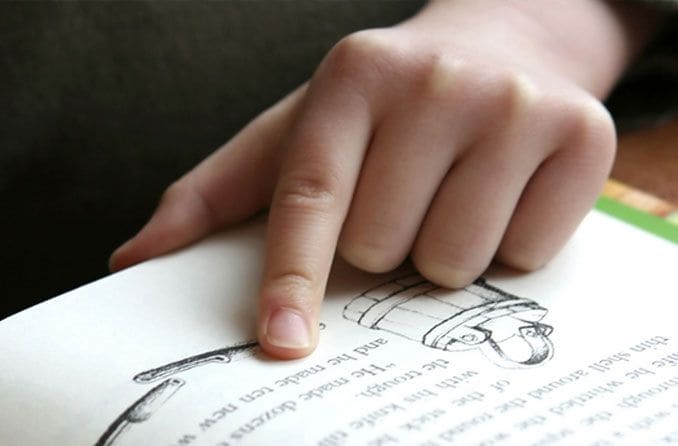
How to identify and treat vision problems that may be affecting your child's ability to read and learn.
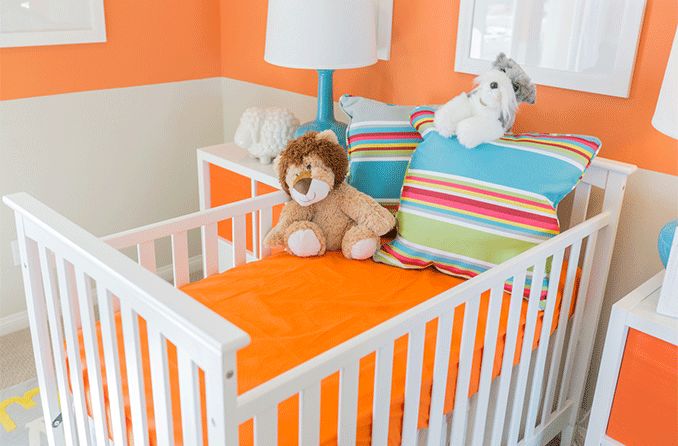
Contrasting colors such as black and white have been shown to enhance a baby’s vision more so than light or pastel colors.
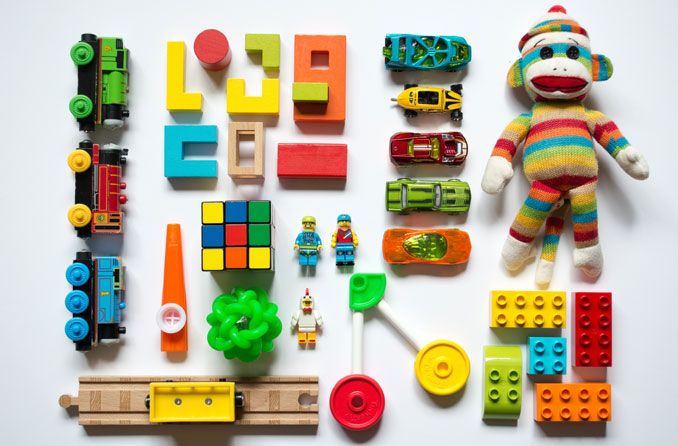
Toys with pointed edges or bright lights can pose a serious risk to your child’s eyes. Consider this list of risky toys to avoid in 2024.

Your baby’s first eye exam should include expert examination of your infant’s eye health, as well as tests to check for infection or developmental issues.
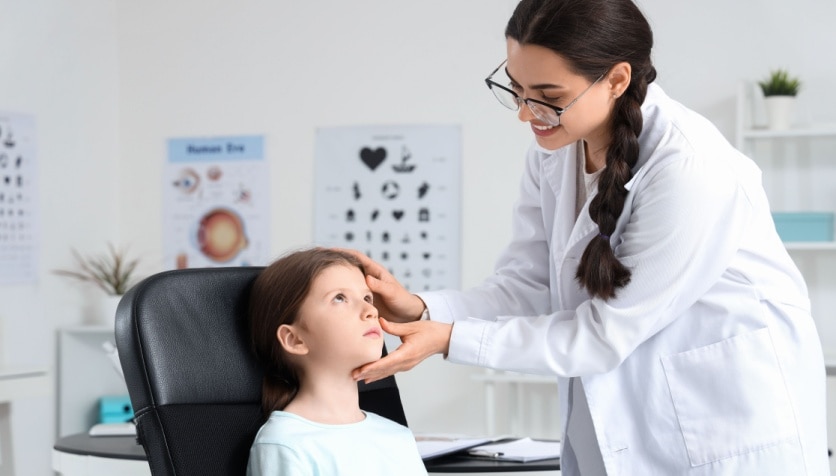
Questions about children's vision problems are answered by experienced eye doctors.

Should your kids always wear sunglasses outdoors? Dr. Gary Heiting explains why children's sunglasses are important and what features most eye doctors recommend.
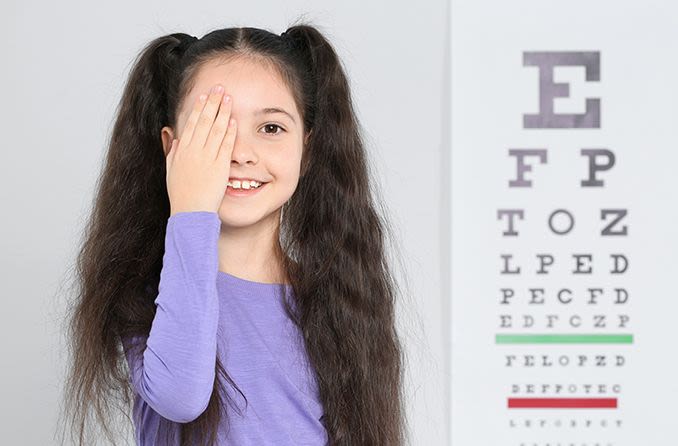
Do you know how the cost of a pediatric eye doctor compares to a regular optometrist or ophthalmologist? Learn the typical costs of pediatric eye doctors and child vision health.
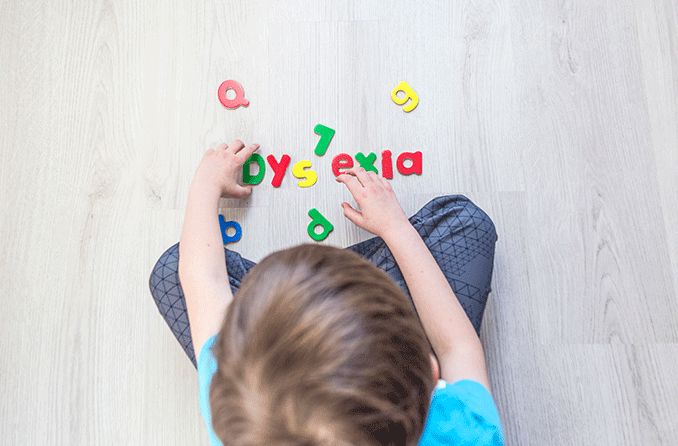
Dyslexia is a learning disability related to language, not a vision problem. It affects how a person understands and interacts with language.

Learn how baby vision develops during the first year of life, and how to spot eyesight issues in newborns and young children.

Learn how to choose protective safety glasses and sports eyewear to protect your child's eyes from injuries.

Searching for the best sports glasses for kids? All About Vision provides valuable information on things to consider when shopping for kids' sports glasses.

Learn about the common eye and vision problems that affect kids. Plus, signs your child has a vision issue and ways to correct it.

Early vision care habits can encourage a lifetime of eye-healthy practices. Learn how to talk to your kids about healthy eye habits.

Does your child need glasses? Signs include eye rubbing, clumsiness and difficulty reading. Learn about indicators and how often kids need an eye exam.
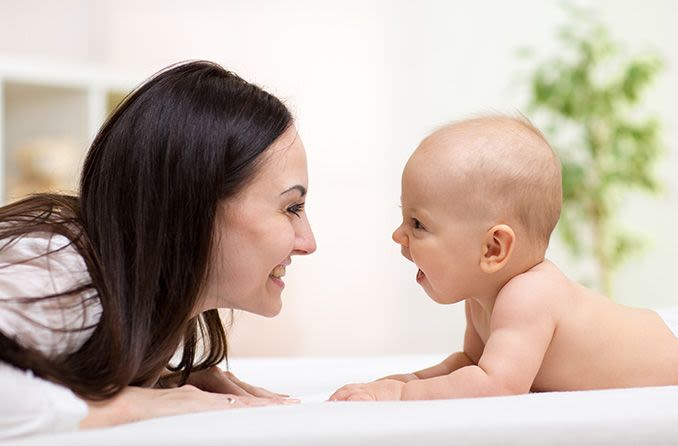
Eye contact is a critical skill for kids to learn but will lack of eye contact impact development? Learn how kids with autism or visual impairment can adapt.

Myopia and other vision problems can affect your child’s athletic performance, but these problems are easy to correct.

All that screen time can cause problems for young eyes. Learn how to reduce your child's risk of computer vision syndrome and more.

Do you know the most common eye problems for toddlers? All About Vision's article explains the most common eye issues for toddlers and the impact visual health.

A vision impairment can make focusing and learning difficult for your child in school. But with the right corrective lenses, his or her performance can skyrocket.

How you can improve your kid’s vision? Six ways to improve your child's vision include avoiding eye injuries, reducing eye infections and getting regular eye exams.

Are all babies born with blue eyes? Discover the biology behind eye color and how to know if your baby’s blue eyes are going to stay that way.

Most children spend hours staring at digital screens every day. Here's what we know (and don't know) about too much screen time for kids.

Polycarbonate glasses are great for kids. Dr. Gary Heiting explains how polycarbonate lenses are lighter and more impact-resistant than standard plastic lenses.

Learn about the potential benefits of kids' blue light glasses, including less eye strain and possibly lowering the risk of eye disease.

Vision problems in children can present themselves in various ways, including eye rubbing, squinting and avoiding school work.

Dr. Gary Heiting explains what you need to know when your teen asks you about wearing contact lenses.
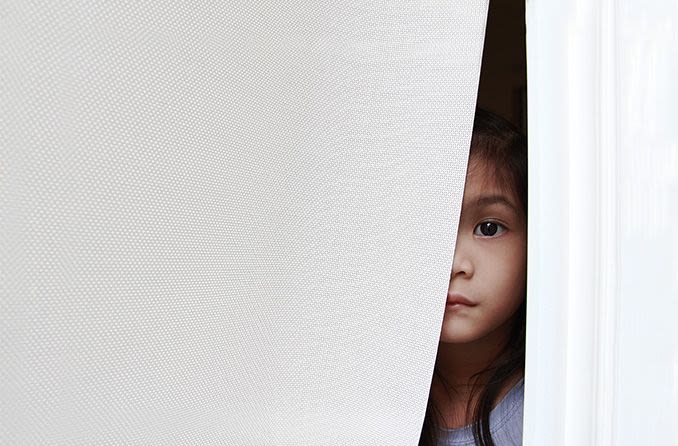
Do you know the symptoms and causes of vision loss in kids? All About Vision explains the causes of, treatments for and ways to prevent vision loss in kids.

Learn how to choose toys that are appropriate for your child's age and how to avoid toys that pose a high risk of eye injuries to children.

Searching for a way to help your kids wear their glasses? All About Vision explores what an optician's cat can do to help normalize glasses for kids.
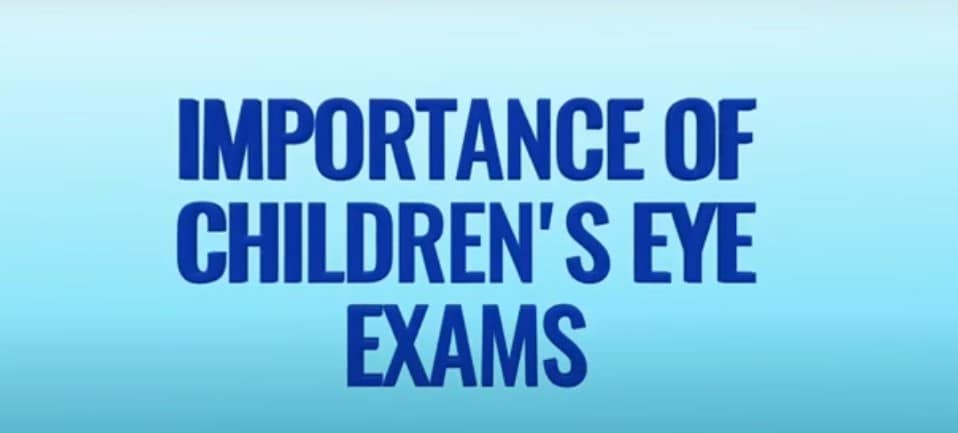
Learn why comprehensive eye exams are important for a child's development and learning, and what to expect during a child's eye exam.

Vision problems and ADHD can share symptoms, leading to a potential misdiagnosis. Find out more about disorders like convergence insufficiency that can cause attentive and hyperactive deficiency.

Dr. Gary Heiting details the warning signs that might indicate a preschool vision problem and when to schedule your child's first eye exam.
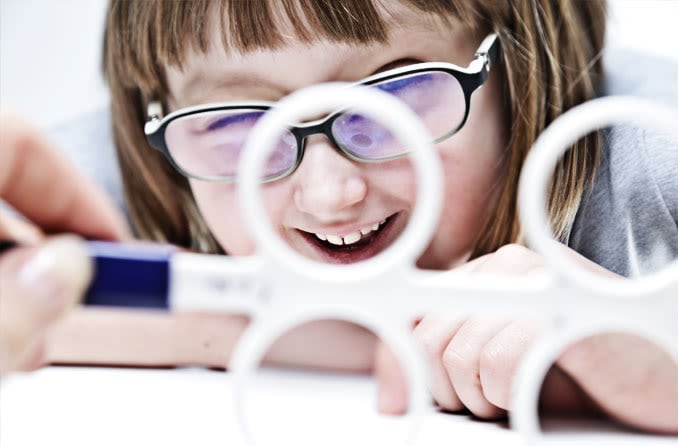
What is vision therapy? Should my child get vision therapy? Does vision therapy work? All of this and more.

Right along with sunscreen and hats, kids’ sunglasses are an important part of helping children play safely in the sun. Find out how to pick the right pair.
All About Vision and AllAboutVision.com are registered trademarks of AAV Media, LLC. © 2000-2025 AAV Media, LLC. The content on this site is for informational purposes only. All About Vision does not provide medical advice, diagnosis or treatment. Contact an eye doctor if you need medical attention.